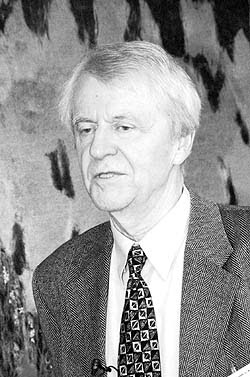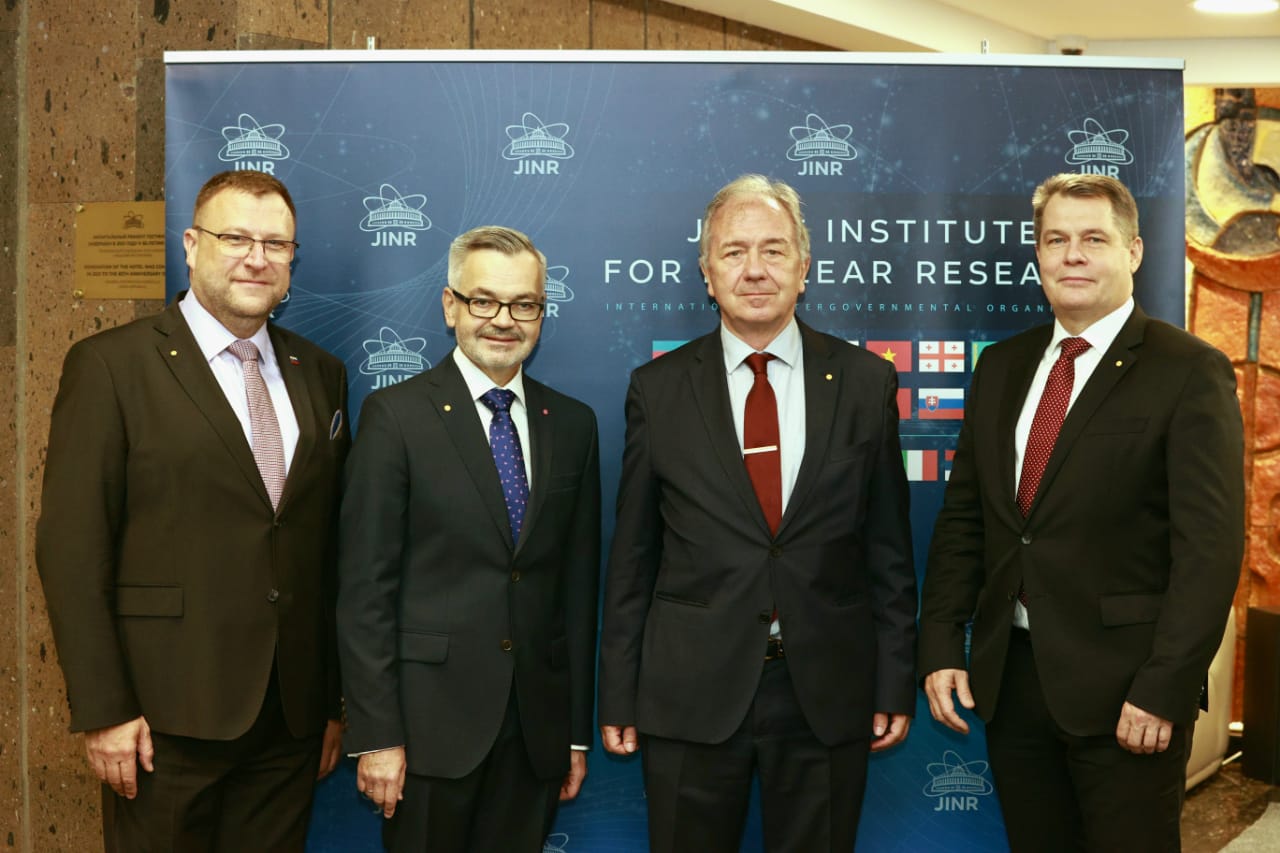Search for supersymmetry in proton-proton collisions at 13 TeV using identified top quarks
Author
| Sirunyan A.M. | Yerevan Physics Institute, Armenia |
| Finger Miroslav, prof. Ing. DrSc. | Faculty of Mathematics and Physics, Charles University in Prague |
| Finger Michael, M.Sc. CSc. | Faculty of Mathematics and Physics, Charles University in Prague, JINR Dubna |
| et al. | CMS collaboration |
Year
2018
Scientific journal
Physical Review D, 97 (1), 012007
Web
Abstract
A search for supersymmetry is presented based on proton-proton collision events containing identified hadronically decaying top quarks, no leptons, and an imbalance p(T)(miss) in transverse momentum. The data were collected with the CMS detector at the CERN LHC at a center-of-mass energy of 13 TeV, and correspond to an integrated luminosity of 35.9 fb(-1). Search regions are defined in terms of the multiplicity of bottom quark jet and top quark candidates, the p(T)(miss) , the scalar sum of jet transverse momenta, and themT2 mass variable. No statistically significant excess of events is observed relative to the expectation from the standard model. Lower limits on the masses of supersymmetric particles are determined at 95% confidence level in the context of simplified models with top quark production. For a model with direct top squark pair production followed by the decay of each top squark to a top quark and a neutralino, top squark masses up to 1020 GeVand neutralino masses up to 430 GeVare excluded. For amodel with pair production of gluinos followed by the decay of each gluino to a top quark-antiquark pair and a neutralino, gluino masses up to 2040 GeVand neutralino masses up to 1150 GeVare excluded. These limits extend previous results.
Cite article as:
A. Sirunyan, M. Finger, M. Finger, . et al., "Search for supersymmetry in proton-proton collisions at 13 TeV using identified top quarks", Physical Review D, 97 (1), 012007 (2018)


 MINISTR ŠKOLSTVÍ KE SPOLUPRÁCI ČR S SÚJV
MINISTR ŠKOLSTVÍ KE SPOLUPRÁCI ČR S SÚJV INTEREST JINR, Wave 6
INTEREST JINR, Wave 6 The passing of Ivo Zvára
The passing of Ivo Zvára Call for the projects solved in collaboration with JINR (Projects 3+3)
Call for the projects solved in collaboration with JINR (Projects 3+3)  Call for the Grants of the Plenipotentiary of the Government of the Czech Republic in JINR
Call for the Grants of the Plenipotentiary of the Government of the Czech Republic in JINR Czech Ambassador in Russia visited JINR
Czech Ambassador in Russia visited JINR INTEREST JINR, Wave 5
INTEREST JINR, Wave 5 Russia Visa Centre
Russia Visa Centre Working Stays CR - JINR 2022
Working Stays CR - JINR 2022